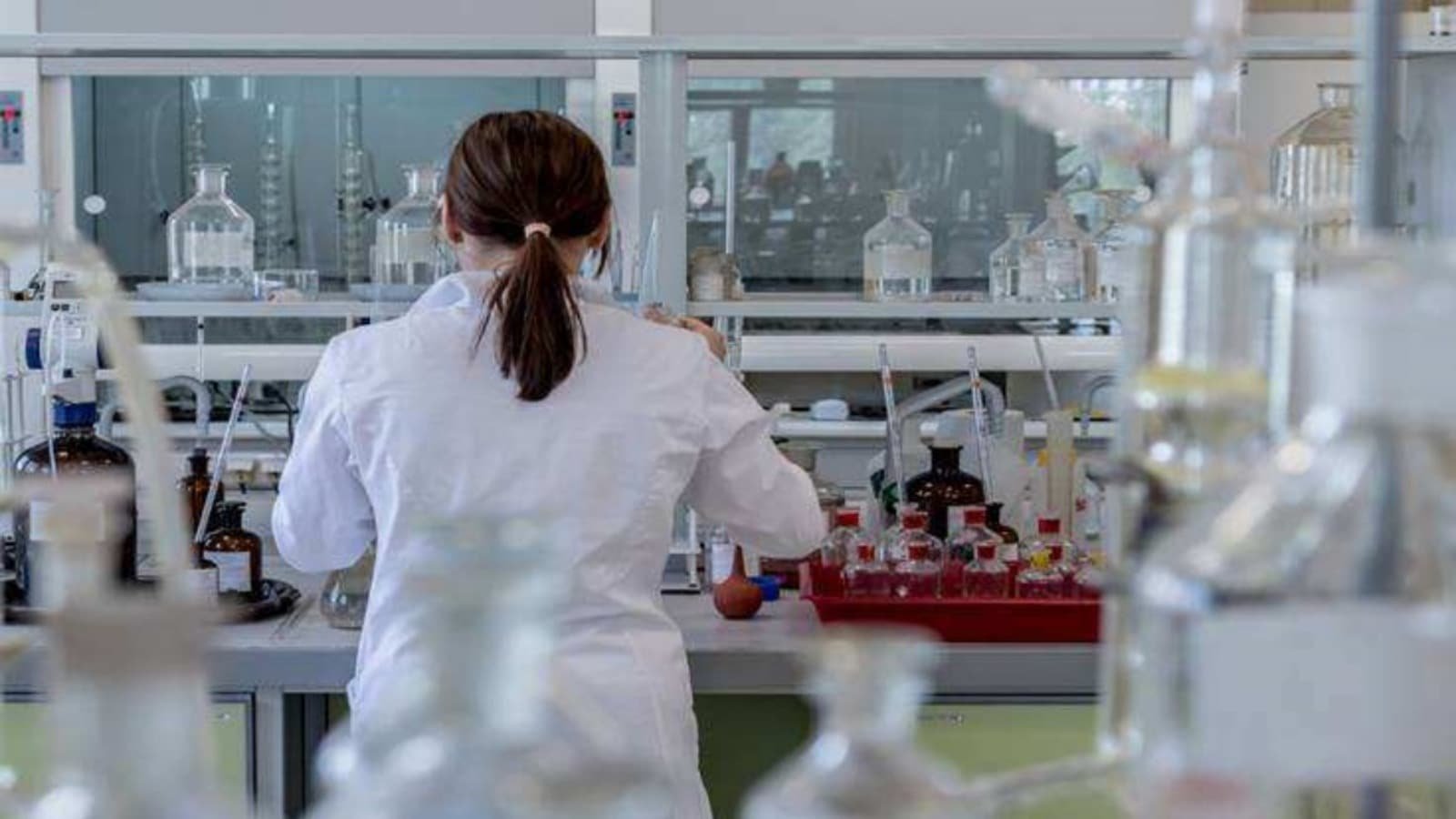Hydrogen has emerged as a cleaner and more sustainable alternative to fossil fuels, but its sustainable production remains a challenge as most existing methods depend on costly metals such as platinum or unstable materials that degrade in water.
Researchers at the Indian Institute of Technology Gandhinagar (IIT-GN) have attempted to address these challenges. They’ve developed a new lead-based halide perovskite material that is structurally stable in water and does not require any noble-metal co-catalyst.
Perovskites are a class of materials known for their remarkable ability to absorb light and transport electric charge, which makes them attractive for solar energy applications. However, traditional metal halide perovskites tend to break down when exposed to moisture, which limits their use in aqueous photocatalytic reactions such as hydrohalic-acid (HX) splitting for hydrogen generation.
The study, shared by IITGN, conducted in collaboration with scientists from Université de Picardie Jules Verne, France, demonstrates a new approach to designing perovskites that balance both performance and durability. Published in Small, the findings mark a step forward in the pursuit of clean and cost-effective hydrogen production for sustainable energy systems.
“This molecule links the structure electronically through pi-conjugation, a network of delocalised electrons that helps charges move more freely,” said Dr Rupak Banerjee, Associate Professor at the Department of Physics and the Principal Investigator of the research. “It also reinforces stability through cation-pi interactions, which are attractive forces between positively charged ions and the electron-rich rings of VDP.”
The IITGN team has synthesised a one-dimensional (1D) perovskite that enables better electronic connectivity while retaining high water stability. The developed perovskite uses a molecule called 4,4’ — vinylenedipyridine (VDP) — as a spacer between the inorganic layers of the perovskite. “To make these materials more stable, scientists have been exploring low-dimensional perovskites, structures where alternating organic and inorganic layers are arranged in a more confined form, such as sheets or chains. While this arrangement improves water resistance, it traps charge carriers within its layers, restricting their movement and lowering efficiency in solar-to-fuel conversion. This molecular design approach offers valuable guidance for developing durable, high-performance perovskites for solar-driven hydrogen generation,” said Manoj Singh, former PhD student at IITGN and currently a postdoctoral researcher at the Indian Association for the Cultivation of Science, Kolkata.
The co-authors of the study are Prof Gwladys Pourceau, Dr Lucie Quéhon and Prof Frédéric Sauvage. “As the world moves toward sustainable and scalable energy solutions, semiconducting materials like halide perovskites are increasingly recognised for their potential in advancing solar-driven hydrogen production technologies,” said Banerjee. “By eliminating the need for rare and expensive noble-metal co-catalysts and ensuring long-term stability in aqueous environments, our lead-halide perovskite marks a significant step toward scalable, sustainable hydrogen production. The advancement could support global clean-energy efforts and accelerate progress toward net-zero goals,” he added.




